Aaron Eckhart breaks arm filming “Battle: LA”
Actor Aaron Eckhart appeared on “Lopez Tonight” on Tuesday to promote his new movie Battle:LA which comes out this weekend. The 42 year old is known for his roles as the tobacco lobbyist in Thank You for Smoking, Harvey Dent/Two-Face in Christopher Nolan’s The Dark Knight, and more recently as the grieving father, along side Nicole Kidman, in Rabbit Hole. The current military vs. alien movie apparently had a little more action than the script called for, when Eckhart tried to leap through some pyrotechnics, and broke his arm instead.
“There was this beautiful fireball that was going up,” he said. “And I wanted to do a [Michael] Jordan through the fireball… and so I say to the camera man, I’m gonna do this, you catch me like this…”
“I went, slipped, fell seven feet onto my head and my arm just goes crack. And I had to pick up this big thing, this heavy thing, and my arm’s broken, and I’m sitting there, burning… It’s great for the movie though!”
Broken arm
If more pressure is put on a bone than it can stand, it will split or break. A break of any size is called a fracture. If the broken bone punctures the skin, it is called an open fracture (compound fracture). A stress fracture is a hairline crack in the bone that develops because of repeated or prolonged forces against the bone.
The human arm contains 30 bones, joints, muscles, nerves, and blood vessels. Many of these muscles are used for everyday tasks.
The humerus is the (upper) arm bone. It joins with the scapula above at the shoulder joint (or glenohumeral joint) and with the ulna and radius below at the elbow joint.
Symptoms of a fracture are:
- Out-of-place or misshapen limb or joint
- Swelling, bruising or bleeding
- Intense pain
- Numbness and tingling
- Limited mobility or inability to move a limb
First Aid for a Broken Arm*
*According to the American Association of Orthopedic Surgeons
First, make sure the injured person is out of the way of further harm.
- Emergency services should be called if there is serious bleeding or if there is reason to suspect multiple broken bones or other injuries.
- Do not try to move the broken arm. This can cause further damage to blood vessels, nerves, and soft tissues.
- If a broken bone sticks out from the skin (open fracture), do not try to push it back in.
Second, make sure the patient is stabilized.
- Check that the breathing is normal and the pulse is good.
- Bleeding can be slowed and swelling reduced by applying pressure and elevating the injured arm above the level of the person’s heart.
- Avoid contaminating the area by lightly covering the site with a clean, dry cloth or bandage until medical help arrives.
Third, if medical help is not available, and the patient must be moved, immobilize the broken arm using a temporary splint and/or sling.
- Temporary Splints
A temporary splint can be made using wood or rolled up magazines. The joint should be immobilized above and below the site of the injury. Each end of the splint should extend far beyond the injured region and fastened using cloth, belts, or tape. Avoid any constriction of the arm with the supporting strap.
- Slings
A sling can stabilize the injury and support the splint. A broken arm sling can be as simple as a loop of cloth supported from the neck.
Fourth, take the injured person to a doctor or emergency room right away.
For more information about broken arms, click here to go to the Resounding Health Casebook on the topic.







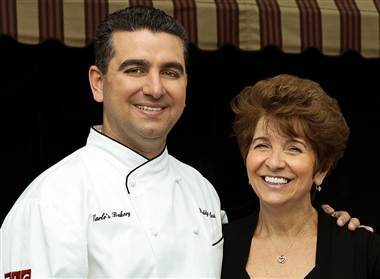









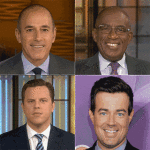
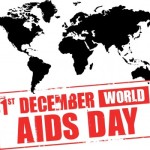
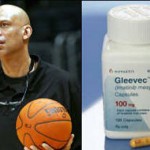

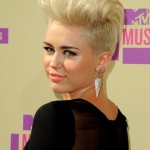
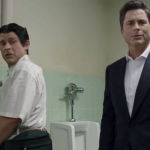



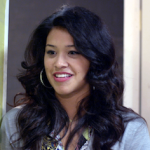
0 comments